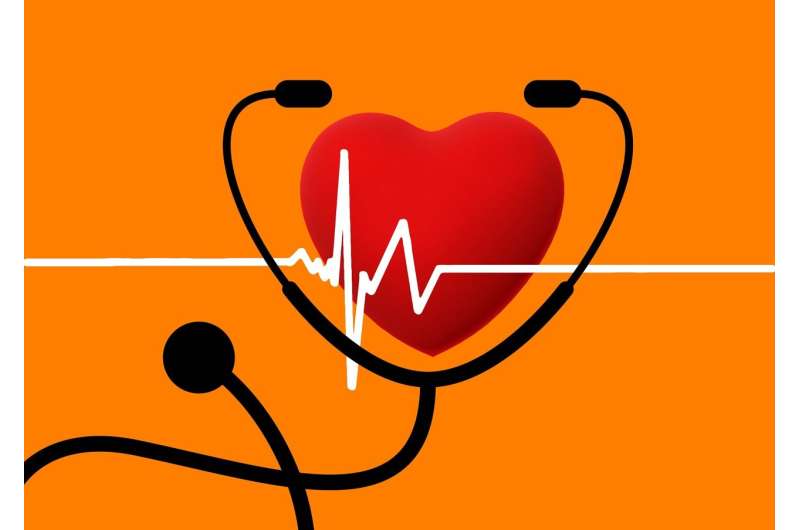Home » Health News »
Using a mini heart model to develop new therapies

The Michigan State University researchers who created the first miniature human heart model with primary heart cell types, vascular tissue and a functioning structure of chambers have taken another step forward: developing new therapies for congenital heart disease.
The study, “Self-assembling human heart organoids for the modeling of cardiac development and congenital heart disease,” was published in Nature Communications and first-authored by Yonatan Lewis-Israeli, a biomedical engineering graduate student. It details how the heart model can be used to study human congenital heart defects, or CHD, thus opening avenues for the development of treatments and prevention strategies.
“The most exciting thing in this publication is that we used our previously established heart organoid model to study and recapitulate, for the first time, the effects of diabetes of the mother on the developing embryonic heart, which is one of the main causes of CHD,” said Aitor Aguirre, the study’s senior author and assistant professor of biomedical engineering at MSU’s Institute for Quantitative Health Science and Engineering.
“This is a big step toward preventing CHD and developing therapies to treat it. We normally do not have access to embryonic human hearts for ethical reasons, so our direct knowledge is very limited and comes mainly from mice. With our mini-hearts, this is no longer a limitation,” he said. “We have access to all the hearts we need.”
https://youtube.com/watch?v=wkW2t2wKnEs%3Fcolor%3Dwhite
The team uses human pluripotent stem cells, similar to the cells that make up the early embryo, and coaxes them into becoming hearts by manipulating chemical and physical cues. Fetal-sized “mini-hearts” are a big step forward in stem cell tissue engineering that can aid in disease research and the development of novel medical therapies.
“We then use these mini-hearts to model one of the most frequent causes of congenital heart disease in children, diabetes of the mother,” Aguirre said. “When the mother is diabetic, babies have a 12-fold increased risk of having CHD (around 1% for normal population), up to ~12%. With this updated model of diabetes-induced CHD, we can now explore potential treatments to prevent and treat the disease in a human model.”
Such research was previously confined to animal subjects like mice that are limited for modeling human disorders.
Source: Read Full Article


